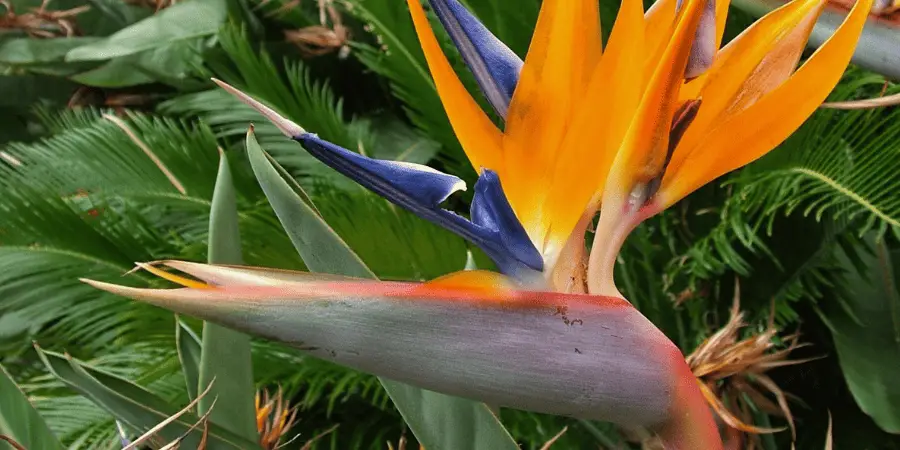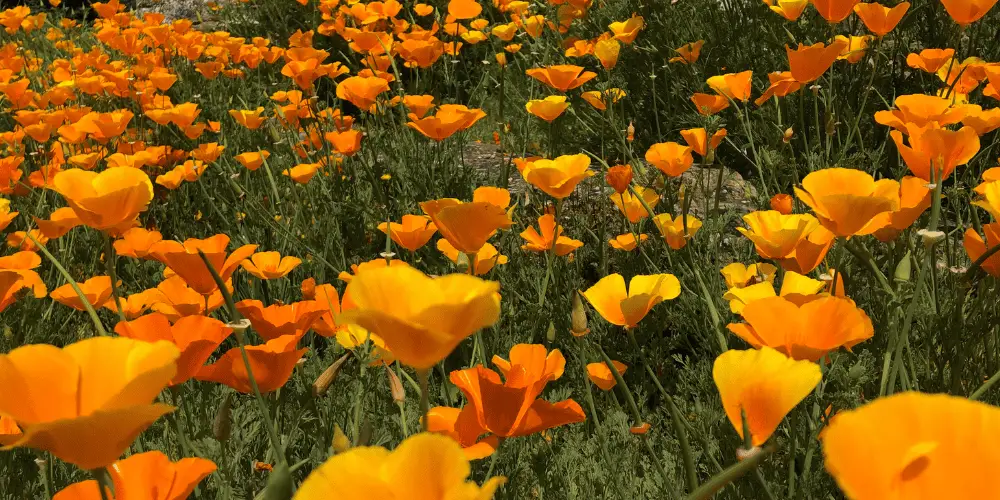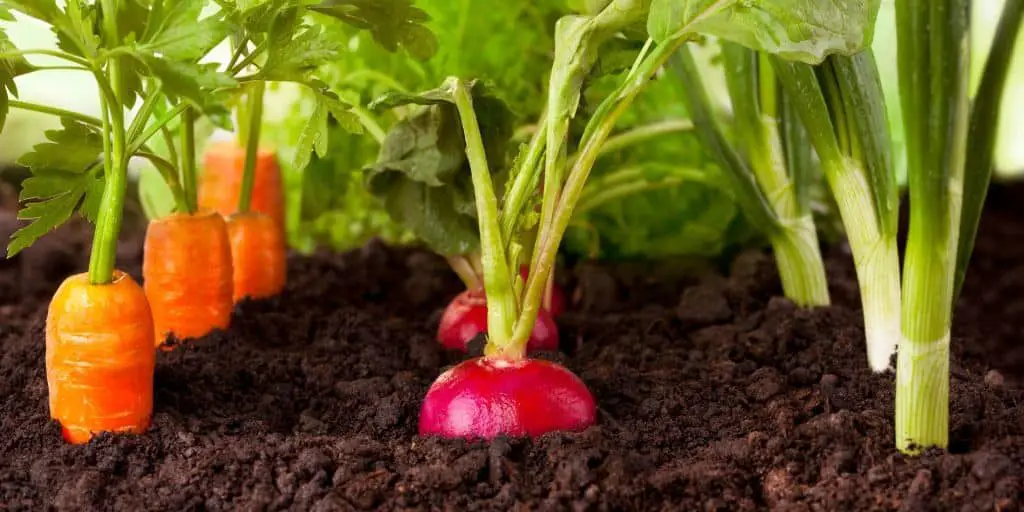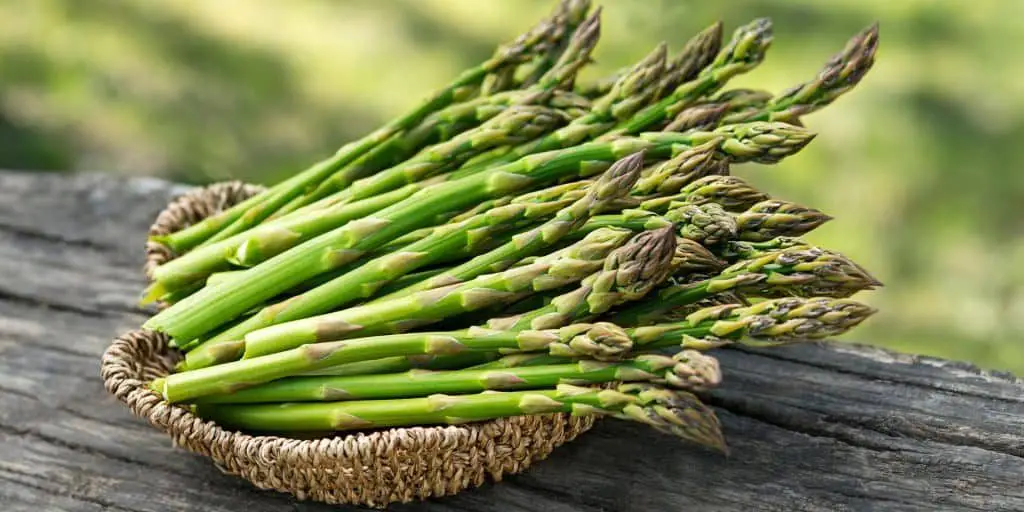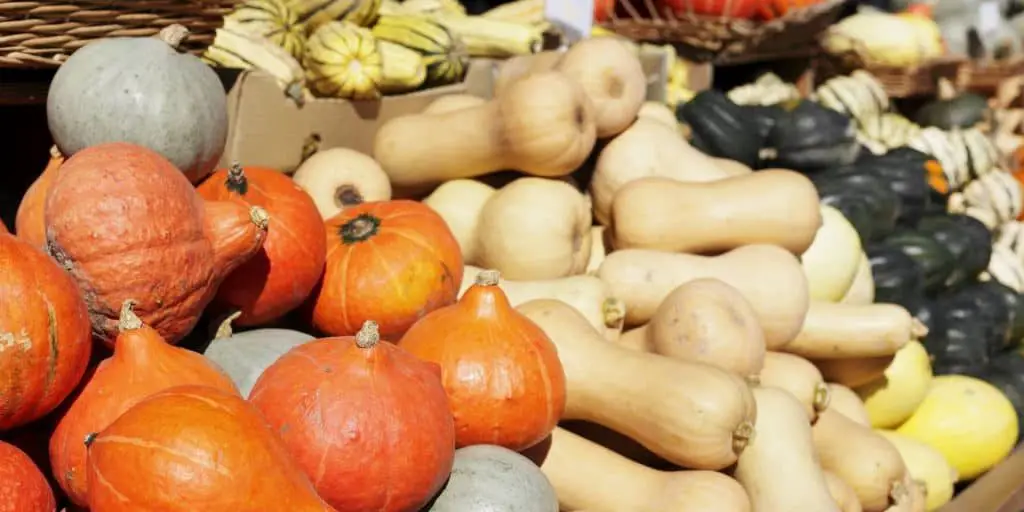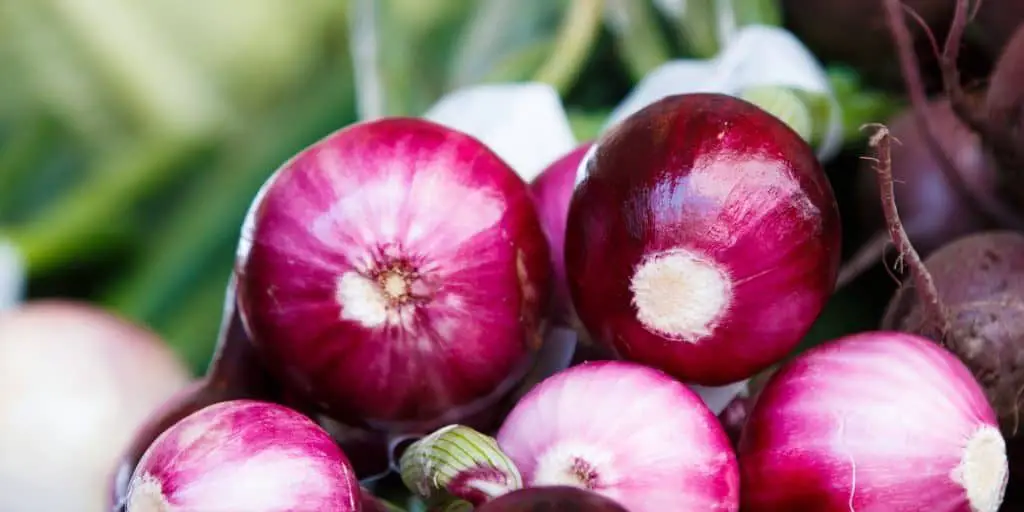
Complete Guide to Growing Onions (And Why You Should)
Onions aren’t as popular in the vegetable garden as tomatoes, but they’re a great crop for any home gardener thanks to their easy planting and harvest, the great flavor they add to many dishes, and the health benefits they offer. Interested in learning how to grow onions and how they can boost your health? Keep reading for all the info and the complete planting how-to.
What are the health benefits of onions?
As it turns out, the major health benefits of onions are tied to the molecular compound–or “dietary flavonoid” if you are a food scientist–that makes their flavor so unique.
Quercetin is found in high levels in all onions, but especially in red and yellow onions. Its health benefits are both many and varied, which bumps onions up into the category of “superfood.”
Lots of cancer-fighting antioxidants
This potent flavonoid is a potent antioxidant. Antioxidants are important to your overall health because they reduce the presence of cancer-causing free radicals within your body. Adding raw onions–especially raw red onions–to your diet help buffer your system against free radicals and other carcinogenic toxins.
Lowers inflammation
Onions are powerful anti-inflammatories, thanks again to quercetin. According to The Arthritis Foundation, quercetin “has been shown to inhibit inflammation-causing leukotrienes, prostaglandins and histamines in osteoarthritis (OA) and rheumatoid arthritis (RA)”.
Healthier hair
“Onions for hair” isn’t a very intuitive sentence, but eating onions and some topical applications do result in healthier scalp, shinier hair, and even–anecdotally–fewer grays. This isn’t a modern innovation either; a medieval medical use for onions was the treatment of baldness by massaging the scalp with a cut onion!
The same anti-inflammatory qualities that make onions a great dietary treatment for arthritis also help offset factors that cause hair loss such as alopecia. Onions also contain sulphur–another part of what makes their smell and taste so strong–an essential nutrient for human bodies that can help treat allergies, depression, heart failure, diabetes, and AIDS. When it comes to your hair, dietary sulphur creates stronger locks and fewer split ends.
Topical applications of onion juice or onion oil to hair will help balance scalp pH, prevent bacterial growth on the scalp (such as dandruff), and help hair regrowth.
Want these results? Be consistent
The health and hair benefits of onions only come when you eat onions on a frequent basis. Herbal or dietary medicine is most effective when they are a regular, sustainable part of your diet, which results in cumulative effects.
The benefits of eating raw onions are most noticeable, as cooking breaks much of the quercetin; however, cooked onions still have significant levels of this flavonoid.
How to eat more onions? Here’s a few easy ways:
- Diced raw in salad dressing–the oils in the dressing will help muffle the bite of raw onion.
- Diced raw in guacamole, for some extra flavor.
- Caramelized on the stovetop and eaten with…just about anything, from steak to squash.
- Sliced on sandwiches.
- Roasted in a pan with squash, green beans, or other vegetables.
- Sauteed and added to pasta dishes.
Do we have you sold on the benefits of onions in the body yet? Yes? Then it’s time to talk about how to grow these in the garden!
How to Plant Onions
Onions grow best in soils that drain well and in full sunlight. You can plant a patch of onions in your garden, or scatter them throughout your vegetable beds as companion plants.
As with all root vegetables, a loose soil texture is imperative for large onion bulbs. Compacted soils will result in compacted bulbs, while soils with lots of pore space will have room for the root to expand. If your soils are high in clay, add perlite or sand to loosen the texture.
Onions take about 115 days to reach maturity and harvest, and they can be started from seed or purchased as partly-grown “sets “ and planted out.
If you want to harvest your own onion seed, leave your onions in the garden for two years. In the first season they will grow a large underground bulb, and in the second season they will flower and produce seed.
How to start onions from seed
Onions are easy to start from seed, and you can learn how to start seeds in our Complete Guide to Growing Brassicas.
They are a cool-season crop, so the best time to sow onion seeds is 10-12 weeks before your average last frost. Transplant the seedlings outside 4-6 weeks before your last frost. The earlier start the seeds have, the bigger the bulb will be!
How to plant onion sets
What is an onion set? An onion set is a partially grown onion that is removed from the soil partway through its first growth cycle and stored through the winter to be sold in spring.
Onion sets typically produce smaller onions than those that are started from seed, but they mature earlier and are a convenient and easy way for home gardeners to grow onions. You can often find onion sets at local garden stores or online.
How deep to plant onions? Just like with bulbs and seeds, the ideal planting depth for an onion bulb is 2-3 times as deep as it is tall. For onion sets this usually works out to 1.5 inches deep.
You can plant each onion set individually, or dig a shallow trench and plant them in a row together. Give each planted set six to eight inches of room, so that it can grow to a large size.
Onion Varieties
The humble onion comes in a few different varieties with slightly different flavors and attributes.
Red Onions
These onions have a strong flavor when they are mature, but they can be harvested early for a sweeter, more shallot-like flavor profile. Their red color makes them pop in salads and other raw presentations. These onions also have the highest levels of the beneficial flavonoid quercetin.
Yellow Onions
Yellow onions are great for cooking. They have a more mild flavor than red or white onions but have a sweetness that is brought out by the cooking process. They can be roasted, sauteed, or caramelized.
White Onions
White onions have a piquant flavor and crisp texture that pairs well with salsas and other Latin America-inspired dishes. They have a bit less bite than red onions and can be eaten raw in a variety of dishes. Some cultures have a tradition of pickling raw white onions.
